Kanas Scenic Area in Altay Area
Kanas Scenic Area is located in the middle section of Altai Mountain in Xinjiang, which is located in the border area between China and Kazakhstan, Russia and Mongolia. There are 55 scenic spots with a total area of 1,030 square kilometers in Kanas scenic area, belonging to 33 basic types, including Hanas National Nature Reserve, Kanas National Geological Park, Baihaba National Forest Park, Jiadengyu National Forest Park, Kanas Valley, Wood Valley, Naren Grassland, Wood Grassland and Wood Village, Baihaba Village and Kanas Village. Outside enjoy the famous eight natural landscape areas and three major human landscape areas.
The core essence of Kanas National Scenic Spot is the intense erosion of glaciers, the overcast valleys of glaciers and rocks, forming the final ridges and lakes. The lake is 1375 meters above sea level. The lake is 24.5 kilometers long and 1.9 kilometers wide, with an average water depth of 90 meters, a maximum depth of 188.4 meters, an area of 69,000 Mu and a water storage capacity of 4 billion cubic meters. It is one of the Deepwater lakes in China.
The main scenic spots of Kanas Scenic Area are Kanas Lake, Wolong Bay and Tagalin Corridor. April 13, 2018, was included in "Magic Northwest 100 Scenes".
Historical evolution
In the 20th year of Qianlong (1755) in the Qing Dynasty, the Junggar Ministry was calmed down, and this area was under the jurisdiction of the left General of the Dingbian side of Uriya Sutai.
In the twenty-seventh year of Qianlong reign of Qing Dynasty (1762), the Qing Dynasty divided the Altai Wuliang Hai people living in the sun of Mount Altai into seven flags, which were divided into left and right flanks, with the chief executive of the wing, giving the seal respectively. This place belongs to Zazak, the left flag of the Altai Wuliang Sea.
Guangxu 29 years of the Qing Dynasty (1903), this place is under the jurisdiction of the Minister of affairs of Cobdo.
Guangxu thirty-two years (1906), the division of Cobdo, Altai, this place is subordinate to Altai Minister of affairs, at this time, Altai Minister of affairs under the jurisdiction of the region directly under the Qing court Li Fan Yuan.
In the first year of the Republic of China (1912), following the old system of the late Qing Dynasty, Altai was still under the jurisdiction of the central government.
In the eighth year of the Republic of China (1919), the Altai region was assigned to Xinjiang Province, with Ashan Road. It is located in Buerjin County in 1998, and Kanas is located in Buerjin County of Ashandao, Xinjiang Province.
After the founding of New China, in 1980, the people's government of Xinjiang Uygur Autonomous Region approved the establishment of Kanas Nature Reserve.
In 1986, approved by the State Council, it was designated as a national nature reserve, under the management of the Forestry Department of Xinjiang Uygur Autonomous Region, with a management office.
In 2000, the "Kanas Environmental and Tourism Management Committee" and the "Kanas National Nature Reserve Authority" were set up, which belong to Burjin County.
In 2003, the Kanas Administration was assigned to Altay, and the Kanas Environment and Tourism Administration Committee was changed to the Kanas Environment and Tourism Administration. The development, utilization and protection of resources in the region were managed in a unified way.
In July 2006, Altai Prefectural Committee and Administration decided to set up the Kanas Scenic Area Committee of the Communist Party of China and the Kanas Scenic Area Management Committee, which defined the 10,030 square kilometers of large tourism jurisdiction area of Kanas Scenic Area, and divided the Hemuhanas Mongolian Ethnic Township of Buljin County and Tierketi Township of Habahe County into the Scenic Area Management Committee under unified jurisdiction.
geographical environment
Location context
Kanas Scenic Area is located in the middle section of Altai Mountain in Xinjiang. It is located in the border area between China and Kazakhstan, Russia and Mongolia. The geographical coordinates of 10030 square kilometers are 48 30 20 north latitude and 87 07 East longitude.
topographic features
Kanas Scenic Spot is located in the vertical zone of Altai Mountains landform and vegetation, from high to low, with an altitude of more than 3000 meters. It consists of modern glaciers and permanently snow-covered Alpine freezing zone, subalpine tundra cushion meadow zone at an altitude of 2400-3000 meters, and temperate coniferous forest grassland zone at an altitude of 1300-2400 meters (from coniferous species, Larix sibirica, Abies sibirica, Fir). The composition of Siberian spruce and Siberian Korean pine is composed of Low Mountain hilly shrub meadow grassland belt at 800-1500 meters above sea level and oasis desert belt in Piedmont alluvial-flood plain below 800 meters above sea level. Vertical stratification is obvious. There are 6-7 vertical natural landscape belts in Altai Mountain.
climate
Kanas Scenic Area belongs to the cold temperate zone. It has a long cold period and short frost-free period. Because it is located in the hinterland of Eurasia, far from the sea, high latitude, wide relative height difference and complex topography, it has formed unique climatic characteristics. The annual average temperature here is - 0.2 C, the extreme maximum temperature is 29.3 C, and the minimum temperature is - 37 C. The monthly average temperature of six months in the year is below 0 C, and the winter is as long as seven. Month long. The coldest monthly average temperature is - 16 C, the hottest July average temperature is 15.9 C, noon is only 20 C, frost-free period is 80-108 days, plant growth concentrated in May, January and August. The annual precipitation is about 1000 millimeters, and the maximum precipitation zone is 2100 meters above sea level. Winter is long and snowfall is abundant. Frost usually begins in early August. Over 1400 meters above sea level, snowfall began in late August; over 3000 meters above sea level, snowfall began in early August, until late May or early June of the next year, the snowfall period reached about 8 months, the depth of snow can reach 1-2 meters, snowfall days are generally more than 73 days, stable snowfall period is about 200 days. The snow line is about 2850 meters above sea level. Annual evaporation is about 1,000 mm, which is roughly equal to precipitation. Kanas Nature Reserve has better water condition, higher air humidity, and the relative humidity is generally 59-90%. The humidity increases with the elevation, and the humidity in the forest can generally reach more than 90%.
Main attractions
Overview
There are 55 scenic spots in Kanas Scenic Area, belonging to 33 basic types, including Hanas National Nature Reserve, Kanas National Geological Park, Baihaba National Forest Park, Jiadengyu National Forest Park, Kanas Valley, Wood Valley, Naren Grassland, Wood Grassland and Wood Village, Baihaba Village, Kanas well as other famous scenic areas at home and abroad. Three major human landscape areas.
Kanas Lake
Kanas Lake is the core essence of Kanas National Nature Reserve. The glacier is intensely eroded and the glacier surface is overcast in the valley, forming a final ridge and forming a lake. The lake is 1375 meters above sea level. The lake is 24.5 kilometers long and 1.9 kilometers wide, with an average water depth of 90 meters, a maximum depth of 188.4 meters, an area of 69,000 Mu and a water storage capacity of 4 billion cubic meters. It is one of the Deepwater lakes in China. The lake is surrounded by verdant coniferous and broad-leaved mixed forest, which is connected with the vast mountain grassland.
Wolong Bay
Wolong Bay is located 140 kilometers from Buljin County to Kanas and 10 kilometers from Kanas. The lake is surrounded by dense forests, beautiful flowers and green grass. The small and medium-sized islands in the lake have beautiful scenery. The boulders in the water intake reach the middle stream, and the boulders are splashed by torrential waves. At the outlet of the lake, there is a wooden bridge flying over the lake. Standing on the bridge, to the north is a mirror-like Wolong Bay and to the south is the roaring Kanas River. From Wolong Bay, about one kilometer up the Kanas River, you can see a blue crescent-shaped Bay in the canyon, which is Moon Bay.
Blueberry Island
The blueberry island is near the central island of Kanas Lake. There is a peninsula that extends into the lake. The undergrowth moss layer of the island is covered with unique blueberry bushes. People call it blueberry island.
Tegalin Corridor
The term taiga originally came from Russian and refers to the coniferous forest zone near the polar region bordering the southern edge of the tundra. The term now refers generally to boreal forests in the cold temperate zone. In the cold temperate zone of the northern hemisphere, the Tagalin covers North America and Northern Eurasia, forming a vast forest sea and constituting the largest forest ecosystem in the world.
The 4.5-kilometer-long Taikalin Corridor, which is rich in the essence of the West Siberian Taikalin, is situated on the sparkling Kanas Lake in the West and the towering mountains in the east. Along the winding path, you can see many scenic spots, such as the typical Taikalin marsh, the King of Taikalin and the giant root carving wall.
Observation fish table
Guanyutai, 120 yuan per person for shuttle bus, is a must-see spot in Kanas. It was built in 1987 and was called Guanyutai only after this reconstruction. Why is it called Guanyutai? I think there are three reasons. First of all, the pavilion caller must have the top Pavilion larger than the bottom pavilion, and this reconstruction is the bottom Pavilion larger than the top pavilion, the platform larger than the pavilion, of course, should call the platform. Moreover, the pavilion is suspicious of self-closure and the platform is open to the outside world, which meets the requirements of the times. Secondly, compared with the two characters of Pavilion and platform, homonym is too particular. For ordinary people, the pavilion stops and the platform lifts. I spend money to travel in order to seek happiness and luck. Why not stop and not lift it? Who doesn't want to make progress in life and achieve success in his career when he returns to Kanas. Thirdly, looking up at Yutai from the bottom of the lake, it is just like an incense platform sitting on the West mountain. If the sky is filled with clouds or sunset, the incense table is filled with clouds and clouds. These three are exactly the reasons why calling platform is superior to calling pavilion.
Visiting Yutai is the last exclamation mark on the trip to Kanas. It is not enough to appreciate the beauty of Kanas without visiting Yutai, nor to understand the true meaning of life without visiting Yutai.
protective measures
Kanas Scenic Area has been listed as the key area of the 2008 Altay Cultural Relics Census. In the third national cultural relics census in 2011, more than 130 new sites have been found, including 6 new tombs from 2000 to 3000 years ago in Kanas Scenic Area, the 5A National Scenic Area. The survey and protection of cultural relics in Altay began in 1988. During the past 20 years, more than 200 cultural relics have been found and identified. Among them, 2 have been declared as state-level cultural relics protection units, 15 at the autonomous region level and 46 at the county and municipal level.
The geological relics of Kanas National Geopark in Xinjiang are characterized by Quaternary glacial relics. Among them, Kanas Lake is the deepest moraine barrier lake in China. The Park Glacier remains are rich in resources, typical, well-preserved and complete. It is one of the rare Quaternary glacier relics in the world that are well-preserved in the middle altitude area. It is also the most typical area where the Quaternary glacier relics are distributed in the same latitudes of the world.
Honors
Kanas Scenic Spot has become the leading tourist destination in Xinjiang with "one of the five most beautiful lakes in China", "one of the six most beautiful ancient towns and villages in China", "the top ten autumn sceneries in China" and "the creative base of China Photographers Association". Kanas is a national AAAAA tourism scenic spot, with national geological park, National Nature reserve, Jiadengyu National Forest Park, Baihaba National Forest Park.
Since 2000, Kanas Scenic Spot has won dozens of honors and brands, such as National 5A Scenic Spot, National Geopark, National Forest Park, Top Ten Scenic Spots in Western China, Chinese Photographers'Creation Base, China's Top Ten Most Beautiful Lakes, China's Top Ten Beautiful Autumn Landscapes, Chinese and Biosphere Network Member Units, National Civilized Scenic Spots Demonstration Points, etc., and the first bat Preparatory List of Natural Heritage and National Natural and Cultural Heritage.
April 13, 2018, was included in "Magic Northwest 100 Scenes".
Traffic Information and Ticket Price
Walking routes:
Kanas Lake to Guanyuting, Wolong Bay, Baihaba Village, Naren Grassland.
Flight routes:
After the completion of Kanas Airport, the scenic spot can be reached directly by plane from Urumqi.
By car route:
1. Urumqi-Karamay Oil City-Devil City-Huyanglin-Fuhai Fishing Ground-Fuhai County Town-Coastal Bath-Corps City Beitun-Bulzin County Town-Wucaitan-Kanas
2. Urumqi-Cainan Oilfield-Huoshan-Junggar Basin-Wulungu River-Fuhai Beach Bath-Altay Birch Park-Chemulcheck Ancient Cemetery Group-Bulzin County-Wucaitan-Haba River County-Baihaba Village-Northwest First Sentry-Kanas Lake
3. Urumqi-Karamay Oilfield-Devil City-Huyanglin-Bulzin County Town-Colorful Beach-Current Beach-Agongeti Grassland Stone Man-Jiadengyu-Kanas Lake
Intersection bus routes in scenic spots:
Transportation in Kanas Scenic Area, outside vehicles can not enter. By 2018, Xinjiang Kanas Tourism Development Co., Ltd. has opened a number of transportation routes to and from Kanas, Baihaba and Hemu villages, Kanas VIP buses and airport bus lines:
The bus fare from Kanas Airport to Kanas Jadengyu Airport is 130 yuan/round trip/person; the fare from Kanas Jadengyu Gate Ticket Station to Kanas Transfer Center is 285 yuan/person and from Kanas Transfer Center to Kanas Transfer Center is 315 yuan/person; the fare from Kanas Transfer Center to Guanyutai (namely Guanyutai) is 120 yuan/person; and from Kanas Transfer Center to Baihaba Village is 124 yuan/person. (Border Control Certificate is required to go to Baihaba); transfer center price from Jiadengyu to Hemu Village in Kanas: 200 yuan per person; transfer center price from Hemu Ticket Station to Hemu Village: 100 yuan per person.
Ticket price in peak season: Kanas scenic spot price is 185 yuan per person, Hemu scenic spot 60 yuan per person, Baihaba scenic spot 50 yuan per person; Off season ticket price is 90 yuan (including: Kanas, Hemu, Baihaba scenic spot).
Accommodation information
Apart from the Kanas scenic area, the Jiadengyu ticket station has Hotel accommodation. It can also be accommodated in the Kanas scenic area. There are Inns built by herdsmen themselves, as well as resort villas suitable for the habits of the Han people. One is Kanas Villa and the other is Linhai Villa.
Linhai Villa
Linhai Villa is situated on the edge of the virgin forest on the east side of Kanas village where Tuva people gather. It can overlook the original features of Kanas Valley and Tuva village.
Wo Mu Villa
Hemu Villa is located in a valley one kilometer east of Hemu Village, Hemu Scenic Area. It is surrounded by glaciers, snow mountains, primitive forests and grassland flowers. It is adjacent to Hemutuwa Village, one of the six most beautiful ancient towns in China. The hotel's facilities are all custom-made solid wooden furniture with strong Tuva flavor, and according to the four-star hotel standard configuration, only 2 kilometers away from the Harden viewing platform. The villa has 115 standard rooms, single rooms and suites, all of which are geothermal heating, equipped with digital TV, computer and broadband Internet access.
Burzinkanas Tourist Hotel
Kanas Tourist Hotel is located in the county town of Buerjin County, near the government of Buerjin County, with convenient transportation, complete facilities and beautiful environment.
Tour Project Guide
Double lake cruise ship
The Kanas Shuanghu cruise ship began selling tickets on June 1, 2015. Shuanghu cruise ship has 6 vessels: 75, 2, 58, 1, 38, 2 and 12 speedboats.
Shuanghu Cruise Line: Shuanghu Wharf - Sandaowan (Landscape View) - return journey. Shuanghu Wharf is located at the third Wharf on the east side of Kanas Lake, with a commuting time of about 1 hour. Ticket Purchase Location: Shuanghu Wharf Ticket Office, Kanas Transfer Center Ticket Office. Ticket price: 120 yuan per person.
Grass rafting
With a total length of 9 kilometers and an hour or so, the drifting team has 20 boats and 40 drifters. They are situated in the clear and clear Hemu River. They can enjoy the beautiful natural scenery while enjoying the simplicity and tranquility brought by Hemutuwa village, one of the six most beautiful ancient towns in China and one of the ten leisure villages in China.
Wood Ice and Snow Paradise
First developed in winter 2016, the Wood Ice and Snow Paradise incorporates all the elements of ice and snow play into the majestic snowfield mountains. Thirty-six winter ice and snow games are launched here, including folk performances in the viewing area, ice and snow events in the experiencing area, pastoral folk projects, snowmobiles, snow and ice sports, grass and wood snow crossing line sightseeing and folk home visits, snowcat sightseeing projects, etc.
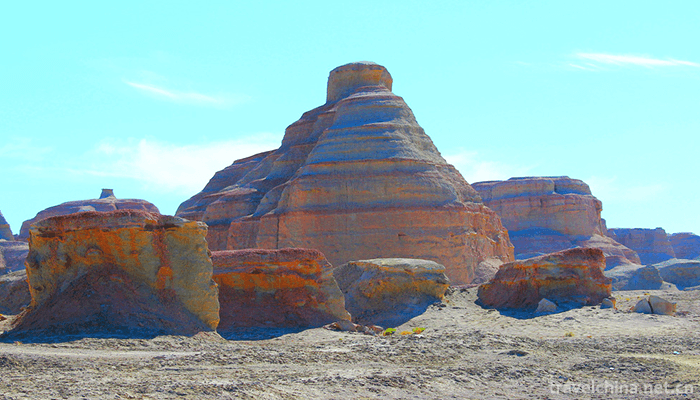
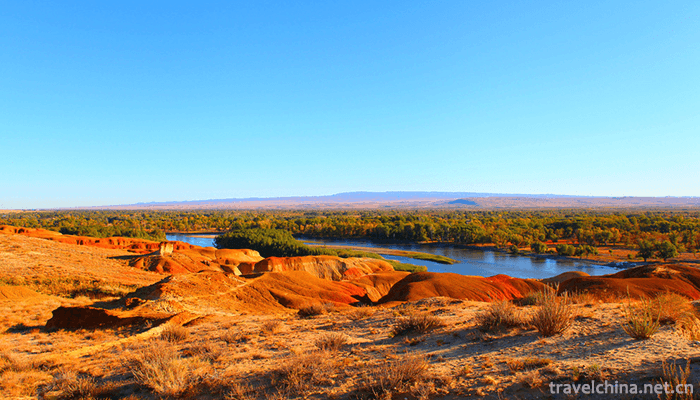
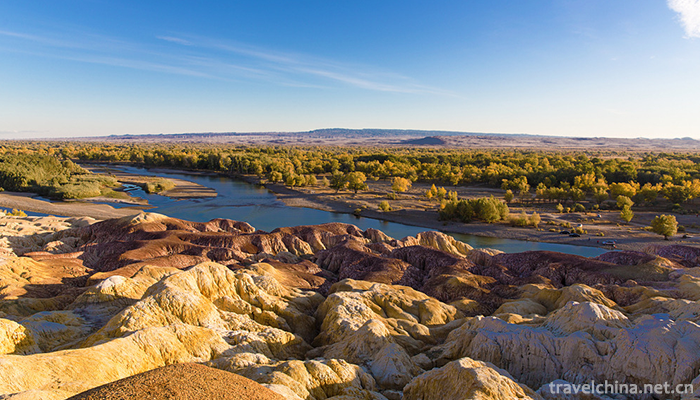
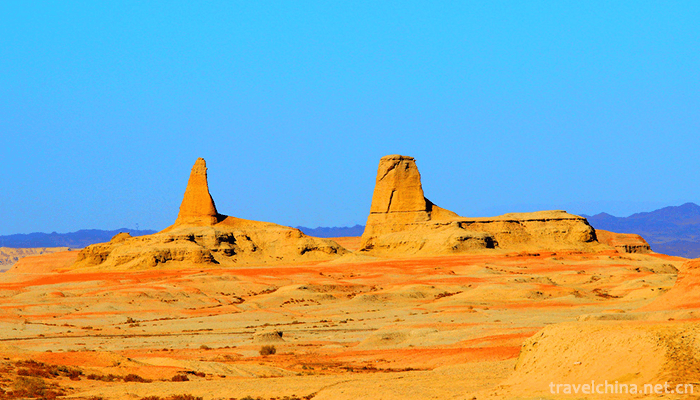
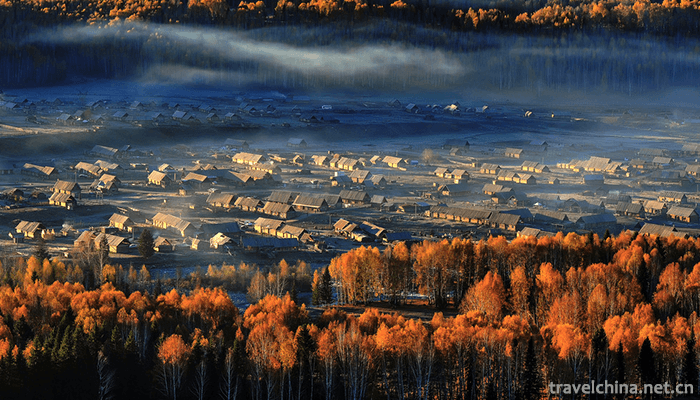
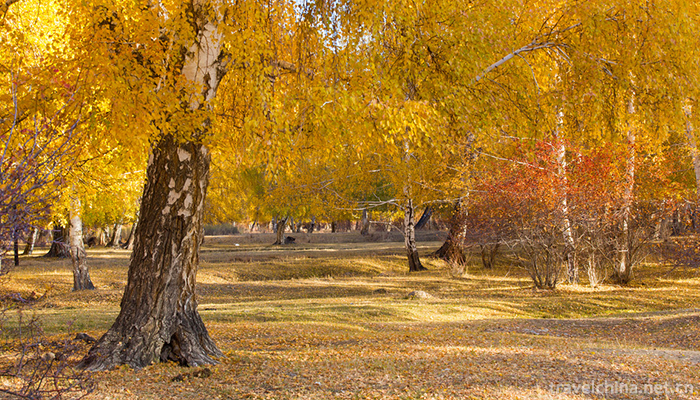
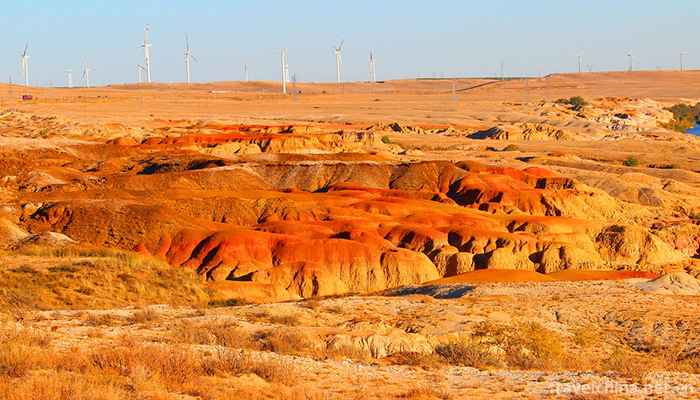
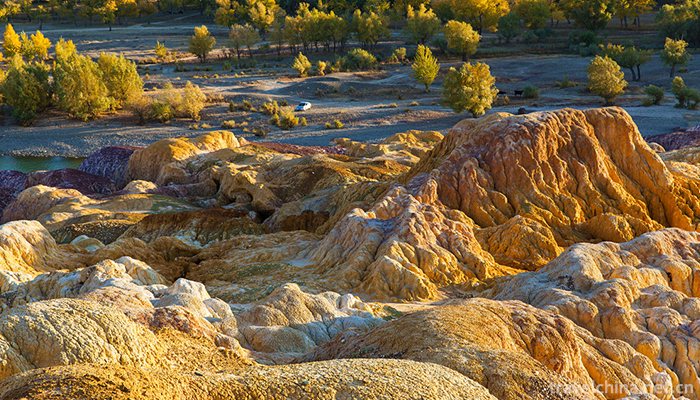
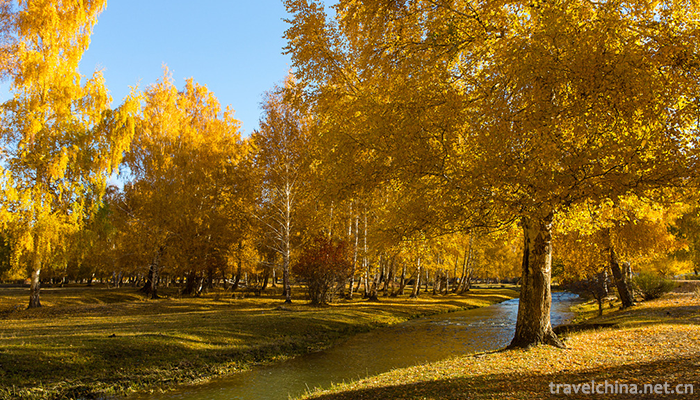
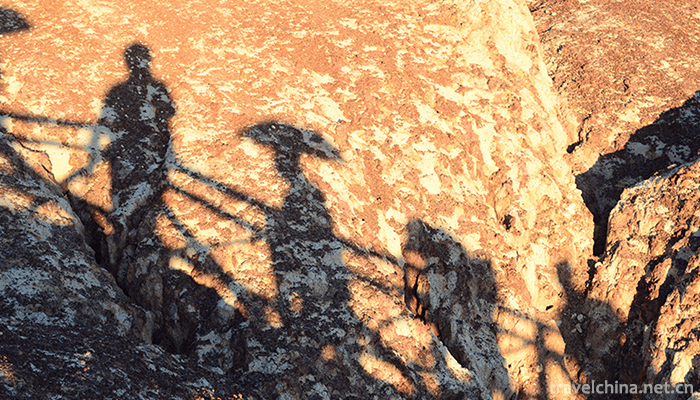
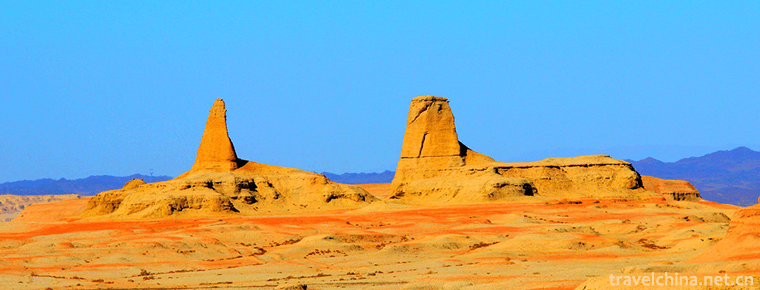
-
1.Stinky mandarin fishMarinate mandarin fish
Stinky eel, also known as Stinky Osmanthus, Barrel Fresh Fish, Barrel Fresh Fish, Pickled Fresh Fish, is a traditional Huizhou dish, one of the representatives of Huizhou cuisine.
Time 2018-11-02 -
2.Thousand Buddhas Mountain
Qianfo Mountain is one of the three major scenic spots in Jinan. It was called Lishan in ancient times. Because it was called Shun's farming in Lishan in ancient times, it was also named Shun Mountain
Time 2018-12-26 -
3.White vinegar egg
Cuisine and efficacy: Heart-regulating diet, insomnia diet, palpitation diet, brain-tonifying diet
Time 2019-03-24 -
4.Jia Jia Quan
Amaranth, also known as Amaranth, Amaranth hammer, one of the traditional Chinese boxing. It was founded by Mr. Junai Zhou (1724-1783) in Heshui County, Zhengzhou, in the reign of Qianlong in the Qing
Time 2019-04-16 -
5.Carved lacquer art
Lacquer carving, traditional handicraft in Chongwen District, Beijing, is one of the national intangible cultural heritage.
Time 2019-04-27 -
6.Alpine Hand in Hand Dance
"Hand-in-hand dance" is a kind of self-entertainment dance with the longest history and widespread spread spread among the folk dances of the mountain nationality. During the wedding and fes
Time 2019-04-30 -
7.Kazakh Karakol Leha
On May 23, 2011, Kazakh Karakol Kazakh was listed in the third batch of national intangible cultural heritage list with the approval of the State Council.
Time 2019-05-02 -
8.Traditional Brewing Techniques of Brewing Wine
The traditional brewing technology of Jinhua liquor is the traditional handicraft technology of Jinhua City, Zhejiang Province. The typical representative and complete remains
Time 2019-06-07 -
9.Traditional Cuisine Skills of Shanghai Bengang Cuisine
Benbang cuisine is a nickname for Shanghai cuisine and an important school of Han traditional catering culture in Jiangnan area. The so-called Ben Gang is local. It is characterized by thick red sauce
Time 2019-06-13 -
10.Xinyiquan
Xinyiquan, one of the traditional Chinese boxing, is an important part of Chinese martial arts culture and Oriental mysterious culture. It is a wonderful flower in the hundred gardens of Chinese marti
Time 2019-07-06 -
11.Nanchong scenic spot
The national 5A tourist attraction is located in Ma'an Town, Yilong County, with a total planning area of 52.5 square kilometers. The core scenic area with the former residence of Zhu De, the birthplace of Zhu De and the memorial hall of former residence of Comrade
Time 2020-12-17 -
12.Dazhou social security
In 2019, the per capita disposable income of Dazhou residents is 22995 yuan, an increase of 10.1%. The per capita disposable income of urban residents was 33823 yuan, an increase of 9.5%. Among them, salary income was 18783 yuan, an increa
Time 2020-12-20